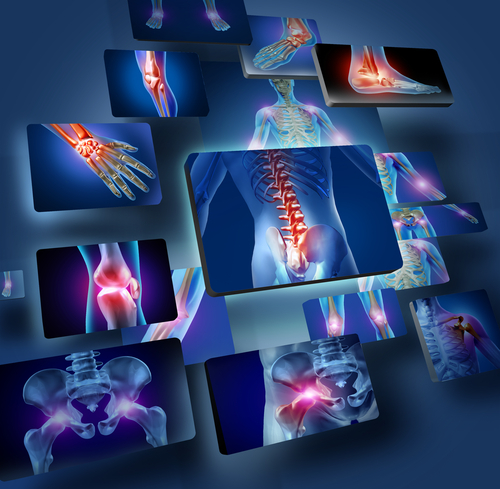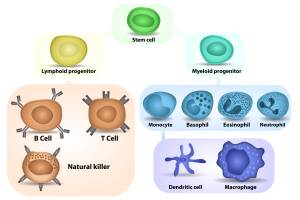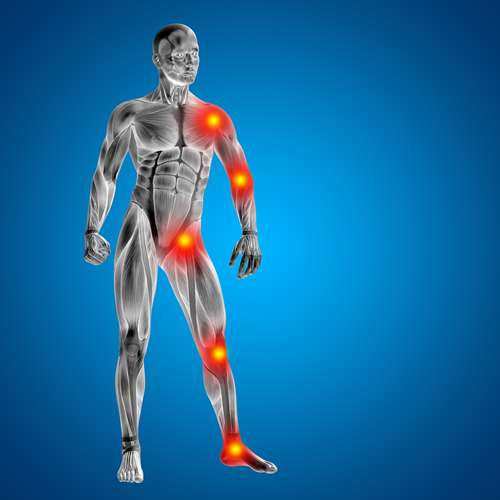Authors:
A number of scientists make researches in this area, among them are J. Campisi,
History:
Investigation of inflammatory process have been conducting for thousands of years. Last years, inflammatory process is actively investigated at the molecular level.
Example:
 Atherosclerosis provides an example of a chronic disease that involves inflammatory mechanisms. Recruitment of blood leukocytes characterizes the initiation of this disease. Its progression involves many inflammatory mediators, modulated by cells of both innate and adaptive immunity.
Atherosclerosis provides an example of a chronic disease that involves inflammatory mechanisms. Recruitment of blood leukocytes characterizes the initiation of this disease. Its progression involves many inflammatory mediators, modulated by cells of both innate and adaptive immunity.
Description:
 Inflammation is part of the complex biological response of body tissues to harmful stimuli, such as pathogens, damaged cells, or irritants.
Inflammation is part of the complex biological response of body tissues to harmful stimuli, such as pathogens, damaged cells, or irritants.
The purpose of inflammation is to eliminate the initial cause of cell injury, clear out necrotic cells and tissues damaged from the original insult and the inflammatory process, and to initiate tissue repair.
 Inflammation can be classified as either acute or chronic. Acute inflammation is the initial response of the body to harmful stimuli. Chronic inflammation is a prolonged inflammation.
Inflammation can be classified as either acute or chronic. Acute inflammation is the initial response of the body to harmful stimuli. Chronic inflammation is a prolonged inflammation.
Human aging is characterized by a chronic,
Additions and critiсism:
 An inflammatory process begins as the result of a set of changes. Regulation of immune function declines during aging. Particularly, malfunctioning of niches of hemopoietic cells takes place. As the result, the amount of monocytes and macrophages, which can cause the inflammatory process in the walls of blood vessels or even in brain tissues, increase drastically. Accumulation of DNA damages and disfunctional mitochondria cause excess activation of innate immunity mechanisms. That leads to the formation of
An inflammatory process begins as the result of a set of changes. Regulation of immune function declines during aging. Particularly, malfunctioning of niches of hemopoietic cells takes place. As the result, the amount of monocytes and macrophages, which can cause the inflammatory process in the walls of blood vessels or even in brain tissues, increase drastically. Accumulation of DNA damages and disfunctional mitochondria cause excess activation of innate immunity mechanisms. That leads to the formation of
Publications:
- Franceschi, Claudio, and Judith Campisi. «Chronic inflammation (inflammaging) and its potential contribution to
age-associated diseases." The Journals of Gerontology Series A: Biological Sciences and Medical Sciences 69.Suppl 1 (2014):S4-S9 . -
Chung, H. Y., et al. «Molecular inflammation as an underlying mechanism of the aging process and
age-related diseases." Journal of dental research 90.7 (2011): 830–840. - Finch, C. E. «Inflammation in aging processes: an integrative and ecological perspective." Handbook of the Biology of Aging (2010): 275–96.
- Jenny, Nancy S. «Inflammation in aging: cause, effect, or both?» Discovery medicine 13.73 (2012): 451–460